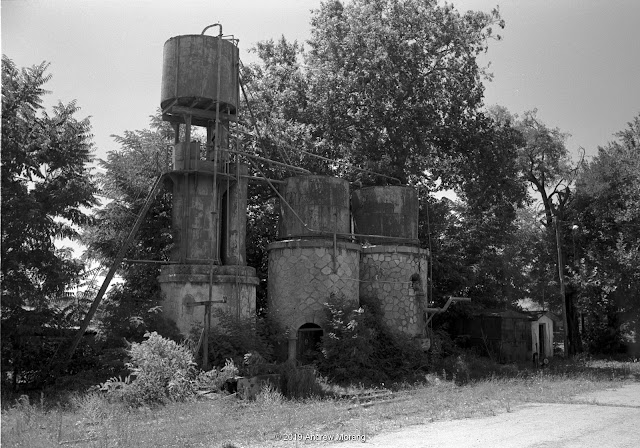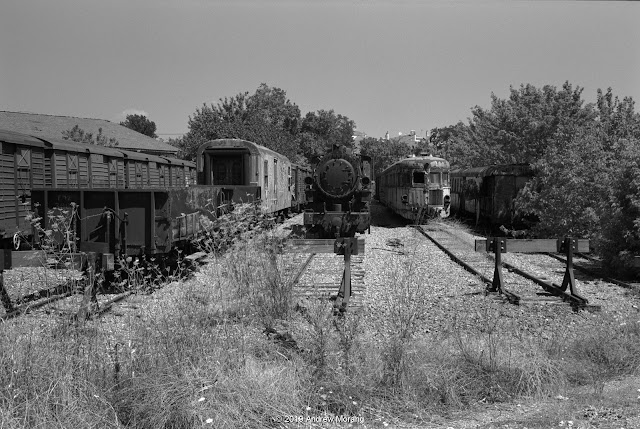Introduction
Dear Readers, it is February while I write this. Many of you northern hemisphere readers are in the gloom and snow. What could be more cheerful than a few days in the sunshine? It does not get much more cheerful than Cartagena.
Cartagena is a port city on the northern coast of Colombia facing the Caribbean Sea. During the colonial era, it was known as Cartagena de Indias. It was founded in 1533, and therefore is one of the oldest European settlement cities in the western hemisphere. Today, it is a major seaport and a tourist center.
My previous stay in Cartagena was in 1981, when I drilled for the marine geotechnical company (another life). My wife and I decided it was time for another visit. Oh oh, now it is a big city. What happened to the empty beaches? Where did those condos come from? Where did the bumper-to-bumper traffic come from? Regardless, the old colonial city has been preserved, and there are no cheesy modern skyscrapers in the walled old town.
 |
| On the move, Calle 25 (Ektar 100 film, Yashica Electro 35CC camera) |
 |
| Just waiting, Calle 25 |
 |
| Room with a view, Calle 25, from the Allure Chocolat hotel |
Getsemaní
We stayed at the
Allure Chocolat in the Getsemaní district, at Calle del Arsenal Calle 24 # 8B-58. Nice place! It was a bit (OK,
much) higher grade than the hotels I usually occupy. According to
Wikipedia, "Once a district characterized by crime, Getsemani, just south of the ancient walled fortress, has become "Cartagena's hippest neighborhood and one of Latin America's newest hotspots", with plazas that were once the scene of drug dealing being reclaimed and old buildings being turned into boutique hotels."
 |
| Listening to the boom box, Calle 29 |
 |
| On Calle 29 (Kodak Ektar 100 film, Yashica Electro 35CC camera) |
I suppose it is a hip neighborhood. Does the wall art prove that?
 |
| The Black Parrot at Carrera 10b - very trendy at night |
 |
| In the picture, Calle 27 (Moto G5 digital file) |
 |
| Calle 27 |
 |
| Statue of Pedro Romero, dedicated to the Lanceros de Getsemani, Plaza de la Trinidad, Getsemani |
Some parts of Getsemaní reminded me of Greek villages on the islands, kissed by the sun and with brilliant, pure colors. Or possibly think of Cuban vibe but with far better food and toilets. This area had a comfortable feel with no obvious security issues. I also took black and white film photographs, but here color rules.
The cheerful ladies at Café del Mural made me an excellent espresso. Pretty girls, coffee, excellent restaurants, the sun-baked Caribbean; what could be better for a January or February escape from the cold and a Trump-cursed USA?
























































